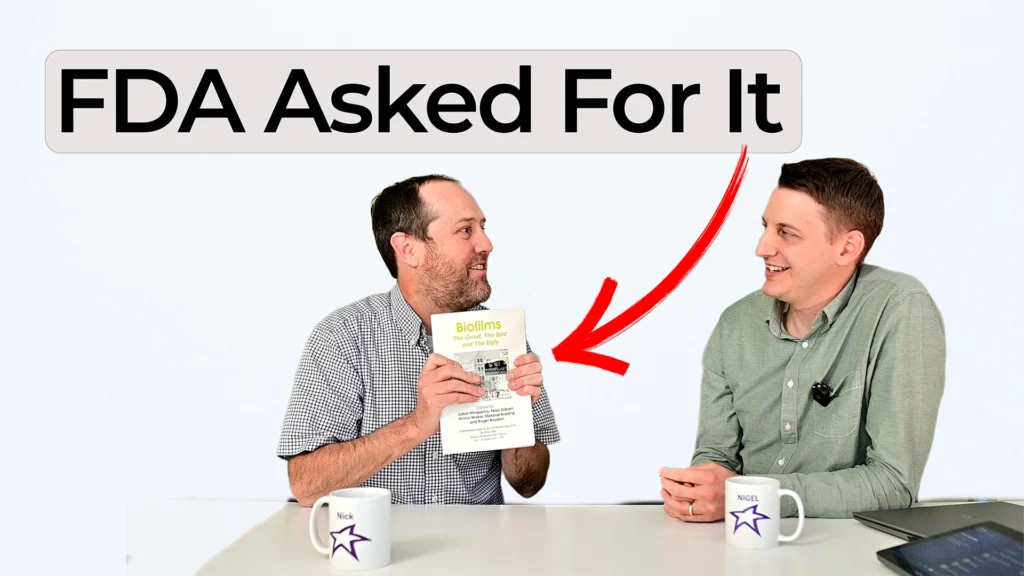
Bio Break Book Club: Sleep Science and Change Management
In this Bio Break episode, Nick Allan and Nigel Syrotuck share what they have been reading lately. From exploring the science of sleep to diving into change management, their picks show how books can spark insight both inside and outside the lab.
Why We Sleep: A Scientific Perspective
Nick admits he has been working through Why We Sleep by Dr. Matthew Walker. The book takes a detailed look at sleep science, including melatonin levels and REM cycles. While Nick appreciates the depth and the references, he jokes that reading it at bedtime makes it hard to get very far. Despite the challenge, he calls it a fascinating resource for anyone curious about the mechanics of rest.
Change Management and Innovation
Nigel has been reading a book on change management. He explains that it helps him stay on top of how innovation is rolled out in real-world organizations. The focus is on aligning teams, improving processes, and making sure new approaches are adopted effectively. While less technical than Nick’s choice, Nigel values it as an important lens for understanding how change succeeds.
A Lighter Take on Reading
The conversation even touches on whether fish sleep, sparked by Nigel’s son asking about their new betta fish. This lighthearted exchange highlights the mix of curiosity and humor that defines the Bio Break book club. Together, Nick and Nigel show that scientific detail and organizational strategy both have a place in shaping how we think about innovation.
Enjoying Bio Break? Sign up to get new episodes sent to your inbox.
Related Resources

Every MedTech startup begins with a hypothesis, an idea that could transform patient outcomes, simplify delivery of care, or improve how clinicians diagnose and treat patients.

When Ariana Wilson and Mark Drlik take apart a common appliance, they uncover engineering principles that connect directly to medtech.

When reviewing evidence for a medical device, a single citation can shape an entire submission. In this Bio Break episode, Nick shares a biofilm referencing lesson that has stayed with him since the early 2000s.

Every phase of a device’s life cycle involves different people with distinct needs—from clinicians and patients to service technicians and regulatory bodies.
